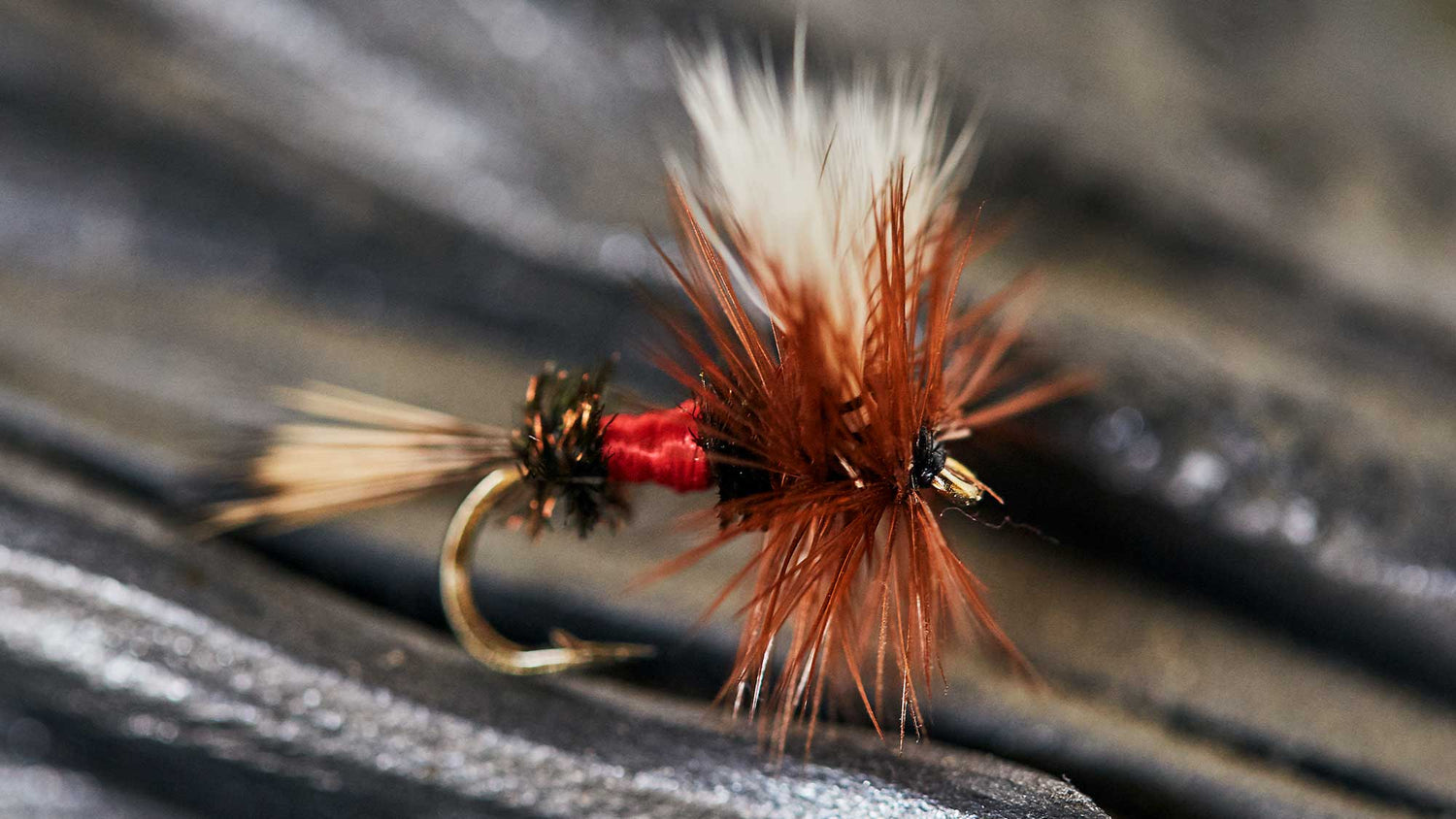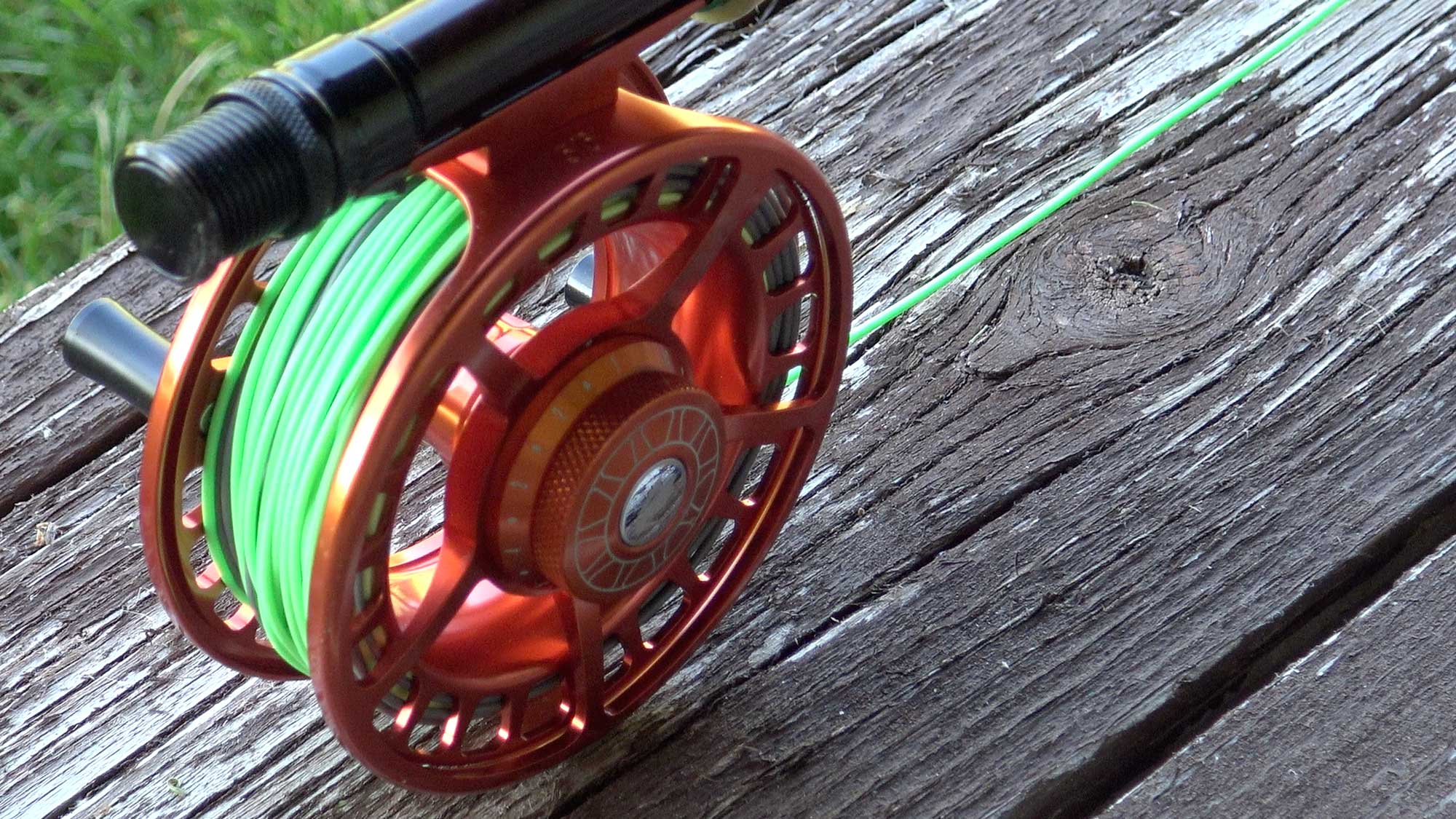
Fly fishing is a beautiful sport that helps you to feel truly at one with the natural world around you. Whether you prefer to cast off from the shore or wade into the water and really get into it, there is no more satisfying or thrilling ways to fish. Still, for the newcomer, it's safe to say that there's a lot to learn and a lot of gear with which you'll need to familiarize yourself.
You'll need to get to know your rods, your lines, your tippet, and your flies. Fly fishing uses natural and synthetic material tied on hooks to replicate natural food sources, and in this article, we'll take an in-depth look at the use of hooks in fly fishing and what you need to know about them.
Does Fly Fishing use hooks? What You Need to Know
Yes, in the vast majority of cases, fly fishing uses hooks. There are numerous hooks designed to best suit your purpose, needs, and fly fishing preferences. The hooks used for fly fishing comprises of six elements.
- Eye
- Shank
- Bend
- Gap
- Barb
- Point

Different Types of Fly Fishing Hooks
There are many different types of fly fishing hooks. Which one is best for you will depend on several factors;
- The fly that you are tying
- What you’re trying to catch
- Whether you’re fishing to eat your catch or to catch and release with minimal damage
Let’s take a look at some of the different types of fly fishing hooks and which may be best suited to your needs.
Dry Fly Hooks
Dry fly hooks are best suited to dry flies like Adams or my favorite, the Royal Wolf. They are light in weight, sharp and streamlined, meaning that they sail cleanly through the air and float nice and high with the appropriate added materials.
When used with the right dubbing, a dry fly will float to just the right height to attract the attention of nearby trout. The most common dry fly hooks on the market today include the Terrestrial and the Klinkhamer, though there are many more styles available.
Many dry flies that are tied for emerger patterns will be designed with suspended parachute fronts and heavier backsides, so the top of the hook will float the bottom will be submerged.
Standard Dry Fly Hooks range in size from 10 to 26.

Wet Fly Hooks
Wet fly hooks come in three primary grades- Heavy, medium, and lightweight. They are designed to sink lower than a dry hook (hence the name) and come in a variety of different shapes to accommodate different patterns from nymphs to wet flies.
The most popular wet fly hooks are round bend and the Sproat bend. Round bend hooks have a curve that is completely round from the end of the shank to the point of the hook. While Sproat bend hooks get flatter as the bend comes into the point. This flatness is intended to give the hook more traction and add strength.
Standard Wet Fly Hooks range in size from 8 to 22

Nymph hooks
Nymph hooks are usually straight in shape but have a wide gape that may be as wide as the hook is long. They can be barbed or barbless (a distinction we’ll cover in greater detail later) and are usually used to attach pheasant tails to attract the attention of trout.
Standard Nymph Hooks range in size from 6 to 22. 
Scud hooks
Scud hooks are designed to attach larvae and crustacean shaped lures. Their short and curved body mimics that of a shrimp, and as such, the shank is much more curved than that of the hooks above. It used on a variety of patterns such as this San-Juan Worm below. These typically come in a wide array of sizes from size 6 all the way to size 22

Streamer Hooks
Streamer hooks typically come in size 4 through 12 and are usually much larger hooks than those use for nymphs, dry flies and wet flies. Modern Streamer designs have started using articulated hook designs, so the streamer carries two sets of hooks on each fly to add movement and increase hook up percentage.

Specialty Hooks
There are many hooks out there which do not fall into the above categories and are more specialist in nature and appearance. Some specialty hooks are made for unique fly patterns for specific fly tiers.
There are so many different types of hooks from so many manufacturers that it’s virtually impossible to name them all. However, you’ll find that most used for fly fishing fall broadly within the above categories.

The History of Fly Fishing Hooks
Humankind has been fishing for his supper since time first began. However, when it comes to fly fishing, the concept is older than many might believe.
There are multiple records of fly fishing hooks being used in some form of another throughout history all over the world. The first instance goes back to the days of Ancient Rome when the author and teacher Claudius Aelianus first described Macedonian anglers using artificial flies on the Astraeus River. He described the flies as being made from red wool and feathers.

However, other historical accounts of fly fishing come from Europe and Asia.
15th-century English nobles began tying artificial flies to hooks for sport fishing. A similar practice also took place in 17th century Japan where a type of fly fishing called Tenkara or "from Heaven" was used by professional fishermen and innkeepers to harvest food for sale. Fly fishing was also used as a meditation technique for Samurai, who used a type of fly fishing that required no casting.
The practice took off, however, in 18th century England, where manufacturing techniques became more sophisticated and allowed for sturdier rods and more effective hooks.
Throughout the years, fly fishing hooks have been made from numerous materials, including stainless steel, stone, wood, and even bone. However, the curved and barbed shape that we recognize today as a fishing hook is surprisingly unchanged from its ancient counterpart in many ways.

Fly Fishing Hook Companies- Which Brands Can You Trust?
With so many companies out there manufacturing different fly fishing hooks, it can be hard to know whom you can trust with your hard-earned money. While our range of flies is designed to work well with virtually any kind of hook, there are a number of companies that are widely known and trusted by fly fishermen.
Eagle Claw
If you want to buy American, Eagle Claw is about as good as it gets. Their hooks are of high quality, affordable, and incredibly diverse in their range. There are many seasoned fly fishermen out there who have only ever used Eagle Claw.
TroKar
A division of Eagle Claw, the TroKar brand is renowned for its durability and sharpness. The world's first surgically sharpened hooks are seriously effective in fresh or saltwater.
Gamakatsu
One of japan's most trusted brands of hooks, Gamakatsu hooks are best suited for use in saltwater.
Daiichi
With sharpness and durability to give Trokar a run for its money, Daiichi uses carbon-rich steel for extreme strength.
Partridge of Redding
Unlike other manufacturers, this British manufacturer exclusively makes hooks for fly fishing.
Mustad
The Norwegian brand Mustad has a massive inventory of fishing hooks to rival Eagle Claws, including a vast array of fly fishing hooks
VMC
The French company VMC has been building beautifully made and highly functional hooks for over 200 years now. Their carbon-rich steel hooks are widely trusted by professional anglers all over the world.
Tiemco
Launched in 1984, this company is specifically focused on fly fishing in mind. Partnering on designs with such greats as Dave Whitlock and holds the 2000 world record for smallest fly hook at a size 32!

Barbed vs. Barbless Hooks- Choosing the Right Hook for you.
We've already looked at the many different types of fly hook on the market and which kinds of lure or fly they're best suited. But across the board, hooks are divided into two types, barbed and barbless. Which is best for you will depend on why you're fishing and what your priorities are. Here we'll look into the pros and cons of both.
Barbed Hooks: Pros and Cons
A barbed hook is a hook with a triangular metal shard on end. This barb is similar in shape to the head of an arrow and indeed has much the same function. They allow the hook to get a better grip on the fish, which can be either a pro or a con depending on whether you plan to catch and release or not. You can still remove a barbed hook and leave the fish relatively unscathed, but this can be much harder with gut hooked fish, which will almost always die when using a barbed hook.
Pros of barbed hooks include;
- Less chance of losing your catch
- No crimping of barbed hooks
- More readily available
Cons include;
- More chance of damaging the fish setting it free
- More chance of injury if you accidentally impale yourself with one
- Barbed hooks usually require a doctor to remove safely

Barbless Hooks: Pros and Cons
Barbless hooks have a smoother appearance without the barb at the end, making them easier to remove for catch and release fishing.
Pros of barbless hooks include;
- Easier to remove from your catch (or yourself)
- Will likely fall out of the fish’s mouth if the line breaks
- Penetrates easier with less force

Can you fly fish without hooks?
You may wonder if you can fly fish without using a hook. And the answer is yes. But hookless fly fishing is a very different experience.
Some fly fishers opt for hookless fly fishing and view it as the most human possible form of interacting a fish. If you're concerned about the welfare of your fish, this may be the preferred option for you. While there continues to be much debate about whether or not fish feel pain, those who want the experience the excitement of dry fly fishing without actually hooking into a fish can try this tactic.
However, it's important to note that when fly fishing with a hookless flies, you'll get to feel the tug as the fish takes the bait. But for obvious reasons, you won't be able to pull the fish out of the water. The moment you start to reel them in, they'll decide that they'd instead not stick around spit out your fly and swim away. For some, this is enough. For others, the whole point of fly fishing is getting to experience the catch and the release of these mystical creatures.
While you are free to experiment with hooked and hookless fly fishing, there are many for whom the hook is an integral part of the fishing experience. Hopefully, this article will help you to decide which kind of hook is best suited to your unique needs.

About the Author
Matthew Bernhardt, a third-generation Coloradan, grew up at the forefront of the state’s fly-fishing revolution, enjoying time on the water, side by side with experienced guides and lifelong anglers.
By combining his passion for fly-fishing with input from other experienced fly-fishers and guides and his fine arts degree from Colorado State University, Matthew spent five years carefully developing the Drifthook Fly Fishing System, built to help every angler catch more trout.
When he’s not spending time with his wonderful family, you’ll find him out on the water catching MONSTER trout, and he anxiously looks forward to the day when his kids are old enough to join him there.



